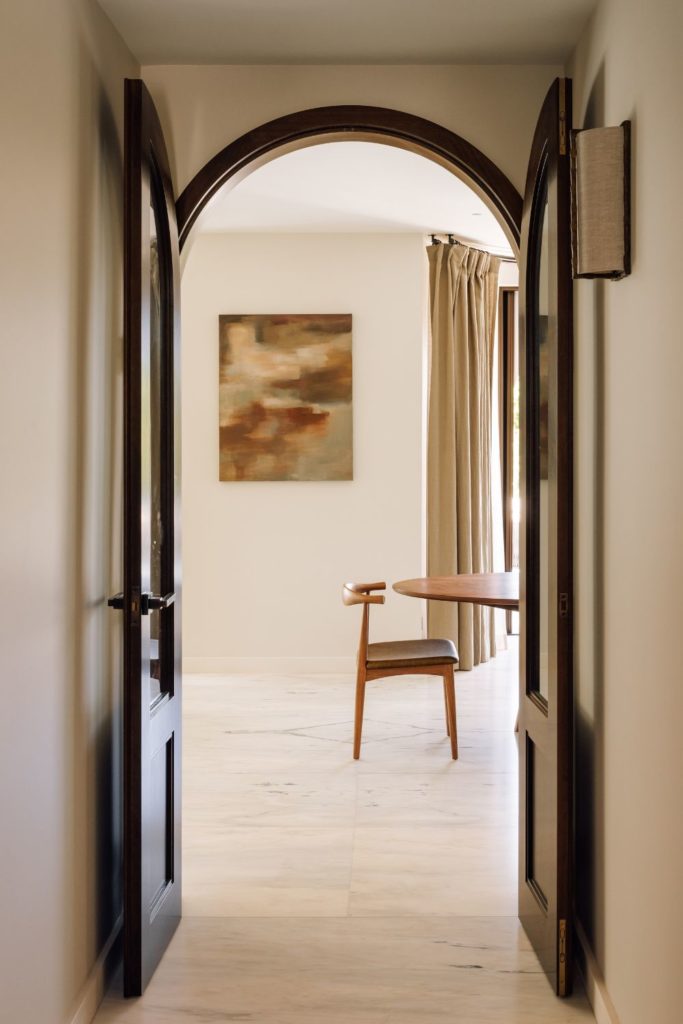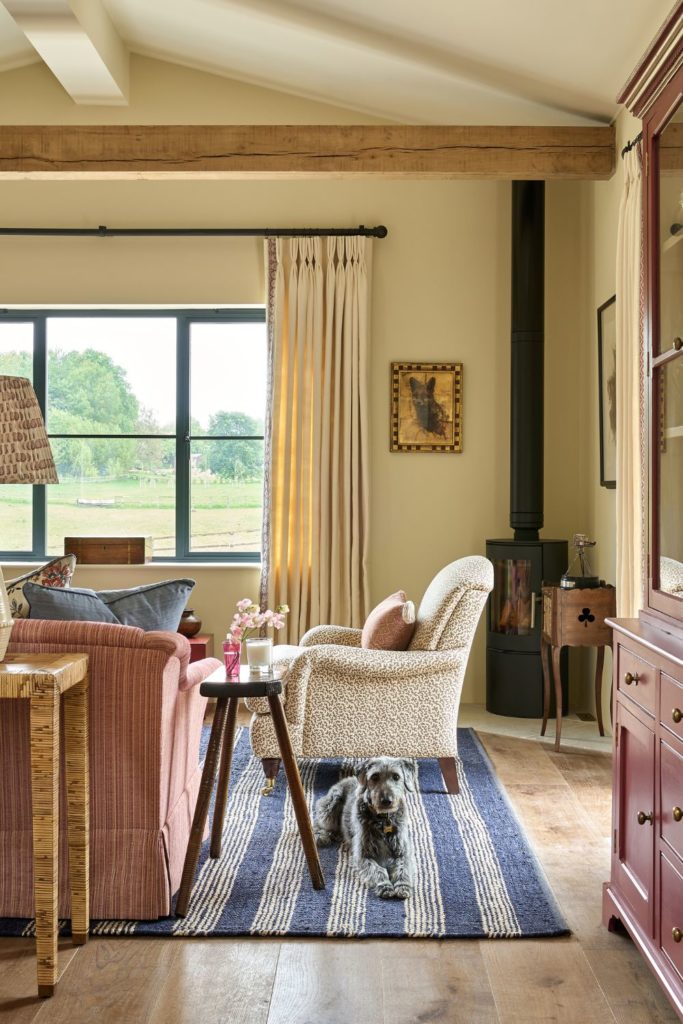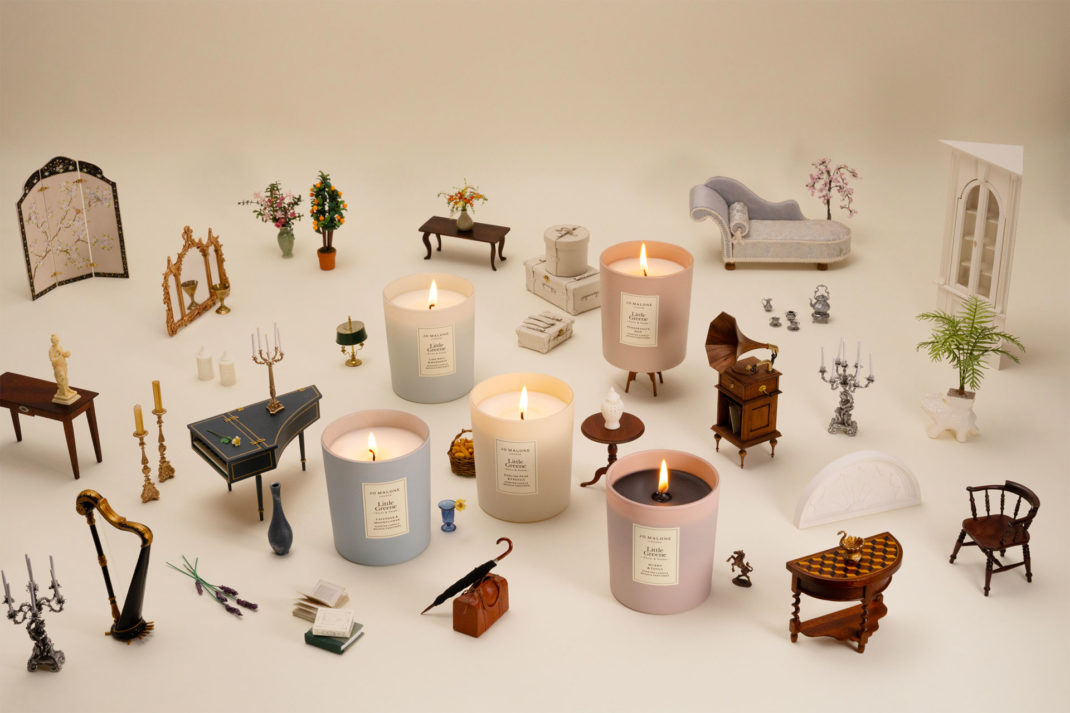What Makes British Interior Design Special?
By
5 years ago
A host of elements from home and abroad inspire our design aesthetic
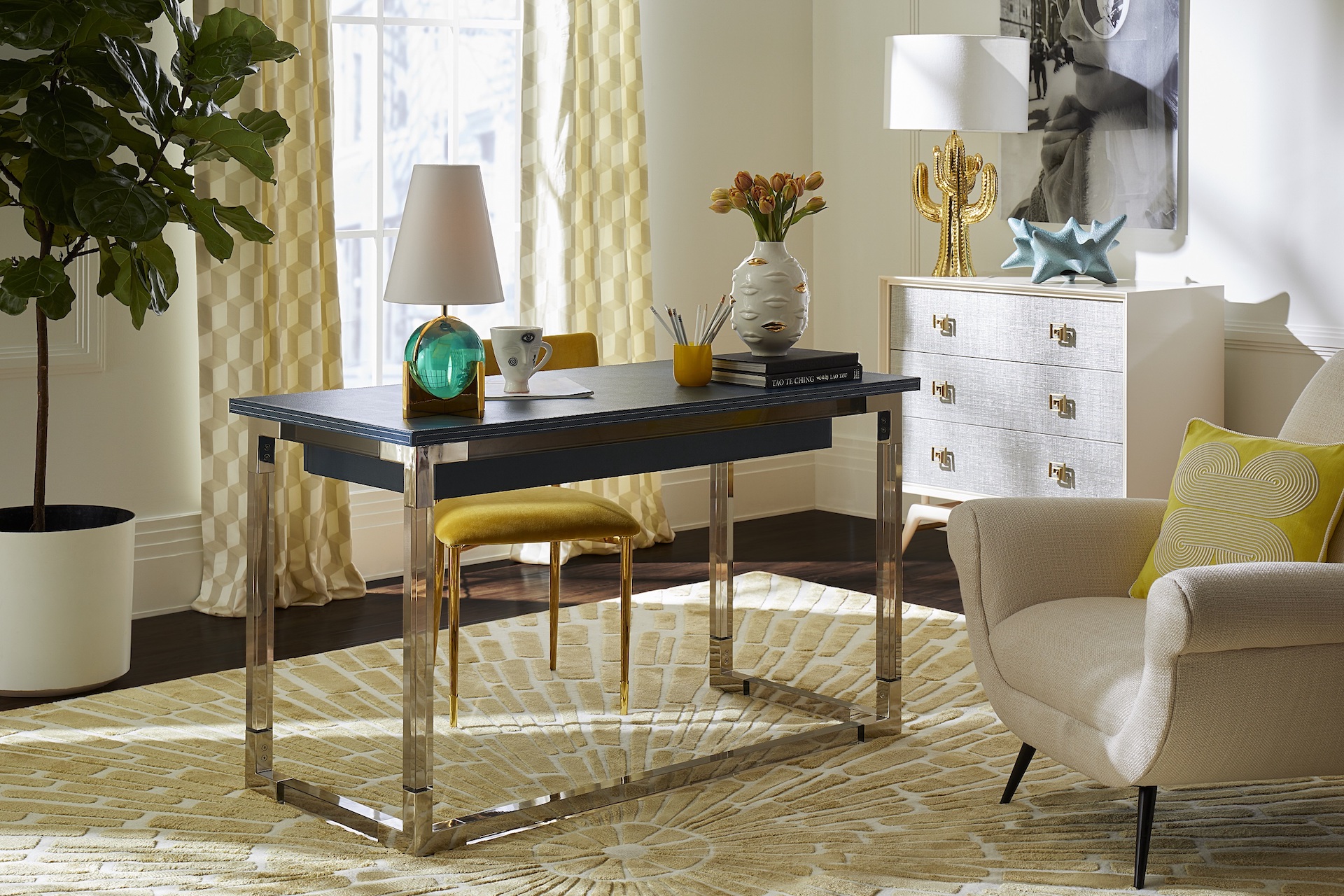
Heritage, personality, and a touch of international influence gives British interior design its edge, says Dominic Bradbury.
How British Interior Design Got Its Edge
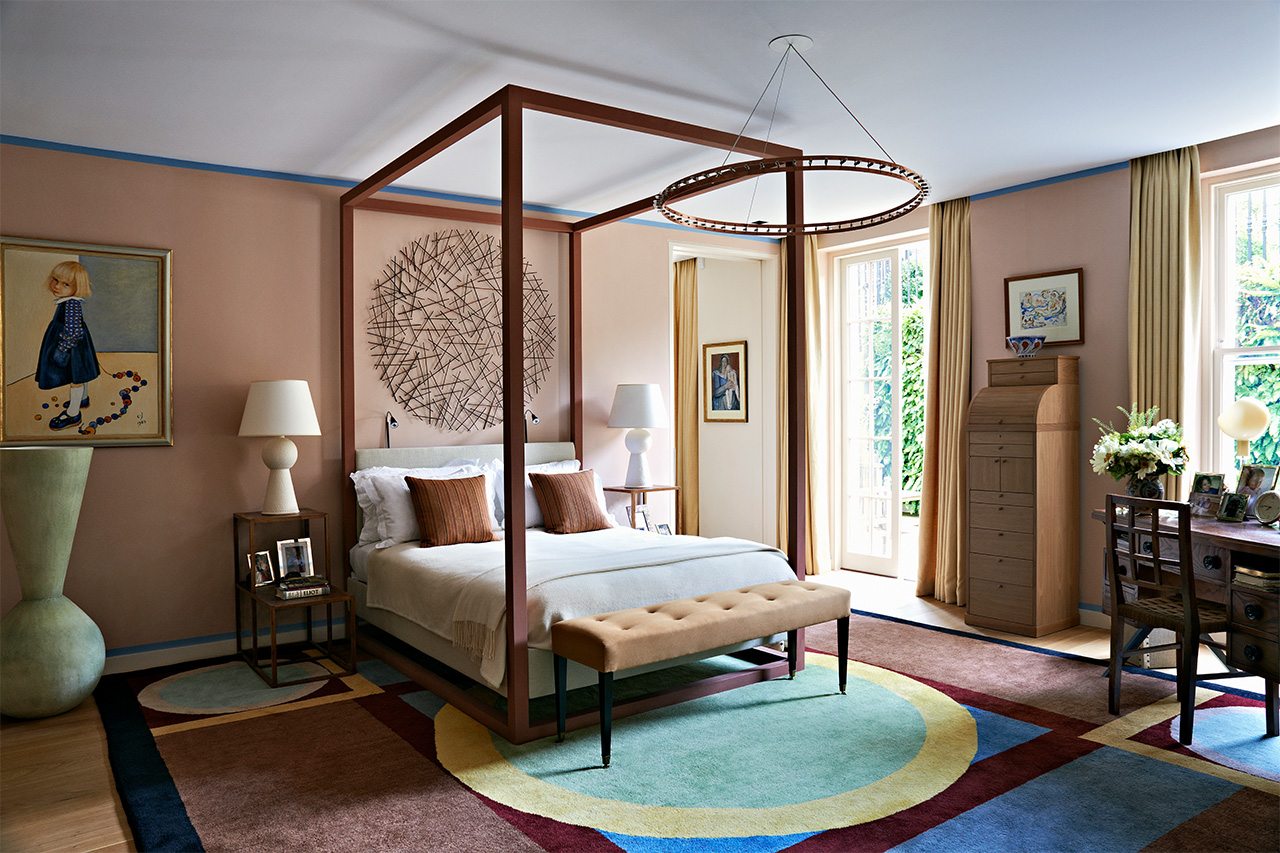
Above: Waldo Works span architecture and interiors to produce an integrated end result. Photography by Alexander James
Like any good friend, the greatest rooms have a unique sense of character. They are spaces full of stories and rich in personality. British designers have a particular talent for creating homes and interiors according to these mores, layered with eclectic ideas and points of inspiration, as well as playful touches and occasional eccentricities. There is a depth to British design that is unique in itself, speaking of history, craft and the desire to be different rather than conform to either fashion or mediocrity.
The sophistication of British design is rooted in a proud architectural history, from the grand, neoclassical English country house and the Georgian townhouse, to the farmhouse and rustic cottage style. There is the famous role call of inspirational architects and designers that form part of the syllabus, from Vanbrugh and Hawksmoor to Lutyens and Pugin, as well as mid-century masters such as Robin and Lucienne Day. Add in the updated traditionalism of Colefax & Fowler, plus the Sixties and Seventies iconoclasts – particularly the legendary David Hicks – and there is clearly a rich foundation to build upon.
At the same time British designers have also been more than willing to look outwards too, drawing inspiration from travels around the globe. Designer Tom Bartlett of Waldo Works calls British design ‘an amazingly broad church’, infused with a positive willingness to stretch the rules.
From the ground up
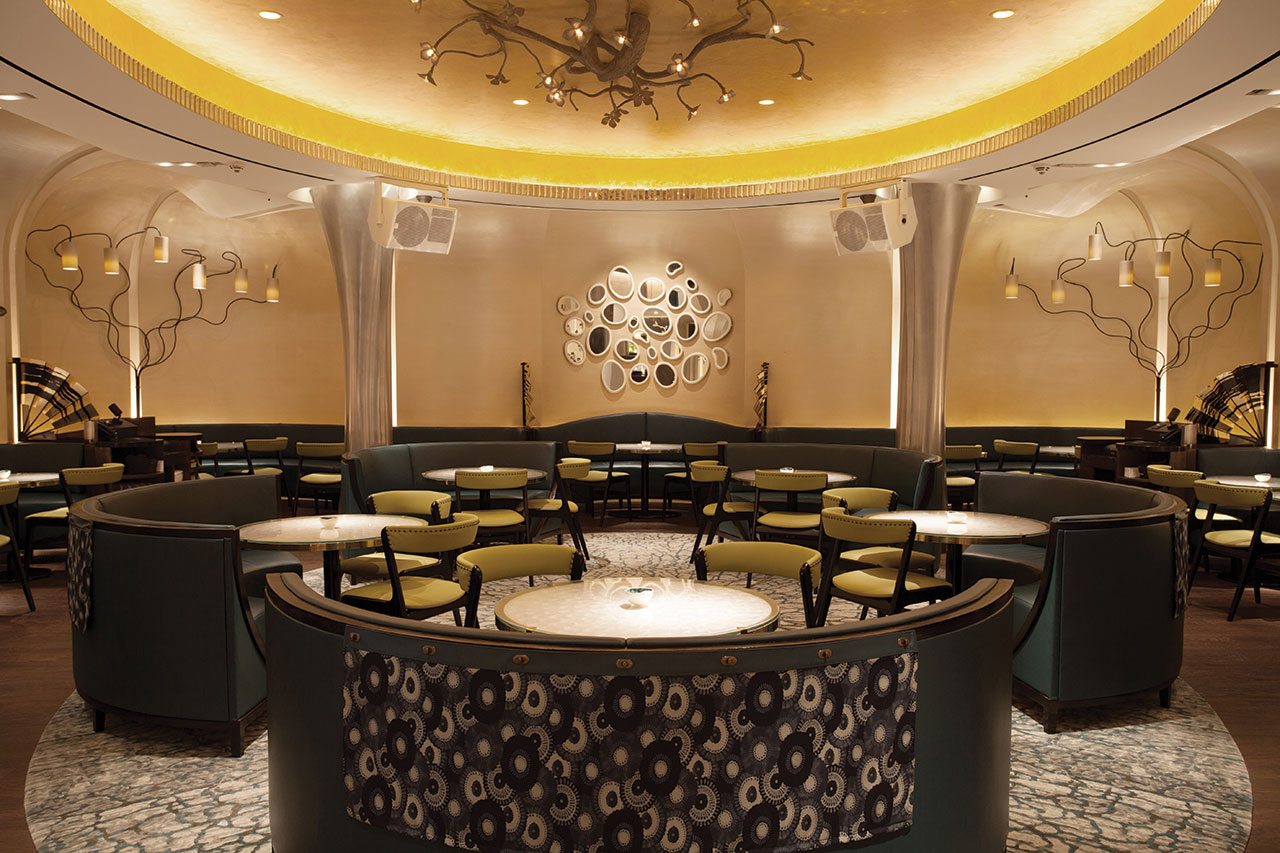
David Collins Studio Nobu Berkely Street London
A close association in Britain between architecture and interior design helps strengthen both fields. Many interior design practices involve themselves in the architectural realm from the start of a project, either with in-house architects or within a process of creative collaboration. It helps achieve a more cohesive space, with emphasis on circulation, flow and light as well as the pleasing proportion and scale of the spaces themselves.
Getting the bones of a space right from the start is a vital process. Designer Charles Bateson, who worked with David Hicks before founding his own studio, talks of ‘pushing the boundaries with confidence’, but only once the bones of a project are right. That means establishing a good flow to a house, as well as sorting out lighting and integrated storage at an early stage.
‘My ambition is always to step back and think about the big picture,’ says Bateson, who has just completed new residential projects in Scotland and in the Cotswolds. ‘At the end of the project I want to hand the client a home that is full of atmosphere and drama, but at the same time is also comfortable and practical.’
Strong architectural bones – including flow, proportion, scale and a practical floor plan – help lend spaces substance and depth. Design history and architectural understanding become powerful reference points in getting those bones right, while a strong British craft tradition also comes into play when establishing individual spaces lifted by integrated elements – such as fitted storage or bespoke kitchens, as well as custom-made furniture.
Collett-Zarzycki’s work, both in the UK and abroad, has always been rich in bespoke elements, while their design approach embraces architecture, interiors and furniture, as well as landscaping. Custom pieces often provide practical solutions in a space but also help to lend a room individuality. Anthony Collett and Andrzej Zarzycki count themselves fortunate to be able to draw upon the talents of English artisans to make bespoke elements to a high standard.
‘A layer of crafted one-off pieces,’ says Collett, ‘enhances the flow of the interiors and helps connect the spaces to the loose furnishings, acting as this visual bridge between the two. These bespoke elements are often of an architectural quality and are integrated into the space in a highly tailored way, adding richness and a patina to the home.’
Under international influence
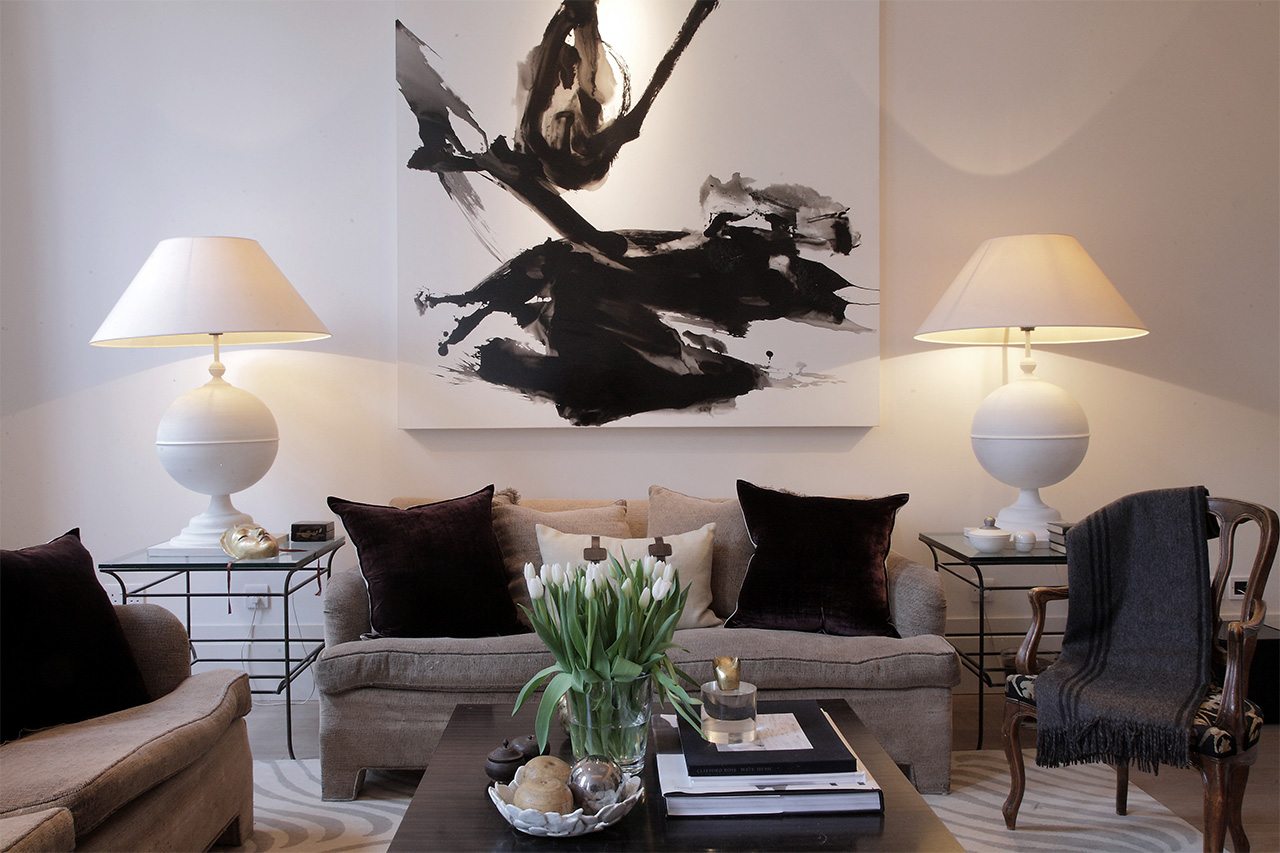
Above: Patrick Tyberghein believes quirkiness, comfort and cosiness are key qualities of British design. Photography by Alexander James
At the same time as being able to draw upon British craft and design traditions, Collett-Zarzycki and other UK-based designers tend to have a wide-ranging frame of reference. Collett and Zarzycki were both born in Zambia, educated in England and now travel and work internationally. Similarly, designer Patrick Tyberghein was brought up in France, before moving to London and co-founding his own practice, Carter Tyberghein, in the late 1990s. Many UK interior design studios are able to draw upon rich backgrounds, adding extra layers of reference and experience to their work.
‘For me, the greatest triumph of British interior design is its global outlook and how it draws on other global design and artistic hubs, such as France, Italy and beyond,’ says Tyberghein. ‘These multicultural influences generate multifaceted design ideas and bring richness, eclecticism and luxury to the home. One of the main features of British design is that it mixes old and new, tradition and modernity. Quirkiness, comfort and cosiness are key qualities of the British home.’
A perfect composition
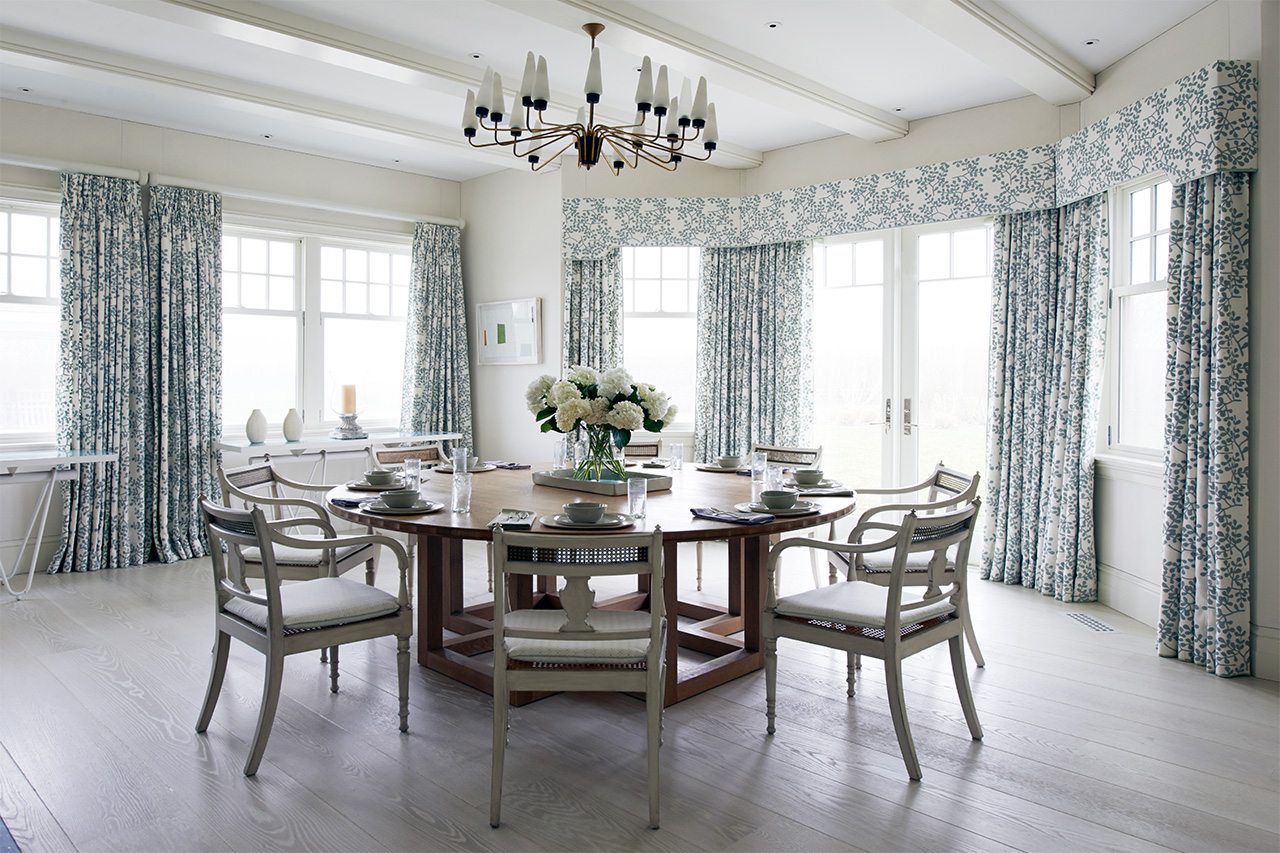
Above: Light, space and volume are key to Philippa Thorp’s design work. Photography by Alexander James
The ability to hold the many different elements of a space together within a unified and engaging vision seems to be a defining trait of British interiors. Philippa Thorp of Thorp Design says that, ‘Light, space and volume are key visual elements that hold a space together while proportion, balance and style are the overriding aspects that bring cohesion to any space. For a scheme to be real and believable, it is important that every space is like a painting, with specific brush strokes coming together to make up the full picture.’
The end result is a living home with a true personality of its own. It is this sense of personality and the understanding of the unique that helps set British design apart. As consumers and clients, we have all become more educated about design over recent years and more demanding in terms of creating something specific to us and our needs and desires. This healthy push towards originality has encouraged UK designers to innovate and stretch their own creative boundaries.
Read more:
50 best interior designers in the UK / Best of British: Furniture Designers

